Created with AI
What causes tipsy people to expand their range of romantic acceptability? It is surprising how the causes and mechanisms of such an obvious phenomenon have so far remained beyond the attention of researchers.
Finally, it came: a publication on the funny topic of alcoholic perception of reality was published in the reputable scientific Journal of Psychopharmacology.
The concept of “beer glasses” has been used for decades to describe a situation where someone suddenly feels intimately attracted to someone after just drinking alcohol, but is indifferent when sober. The supposed mental adjustment of facial symmetry does not explain the beer glasses phenomenon, a study has found. Although traditionally, many people thought that the acquired blurred vision was responsible for the increase in someone else’s attractiveness when “the glass is singing in the head.”
Researchers from the University of Portsmouth have retested the popular theory that people are more likely to find someone attractive when they’re tipsy because faces appear more symmetrical.
One of the common explanations for the effect was the aforementioned “retuning” of perception: supposedly alcohol weakens the ability to distinguish asymmetry of faces, increasing the visual attractiveness of those seen. But the more symmetrical the faces, the better their gene pool, and the more attractive our brain evaluates them, and alcohol supposedly shifts perception towards greater optimism.
However, new experiments have shown that yes, alcohol actually worsens the detection of asymmetry in other people’s faces, but at the same time, alcohol still does not affect the assessment of attractiveness.
Next comes the most interesting part. Psychologists from Portsmouth were faced with such a lack of scientific work on this topic that they simply staged a field experiment. They decided that real observations of people’s behavior would help determine why, after a glass or two, people are more likely to engage in unexpected carnal escapades, and then regret them when they sober up.
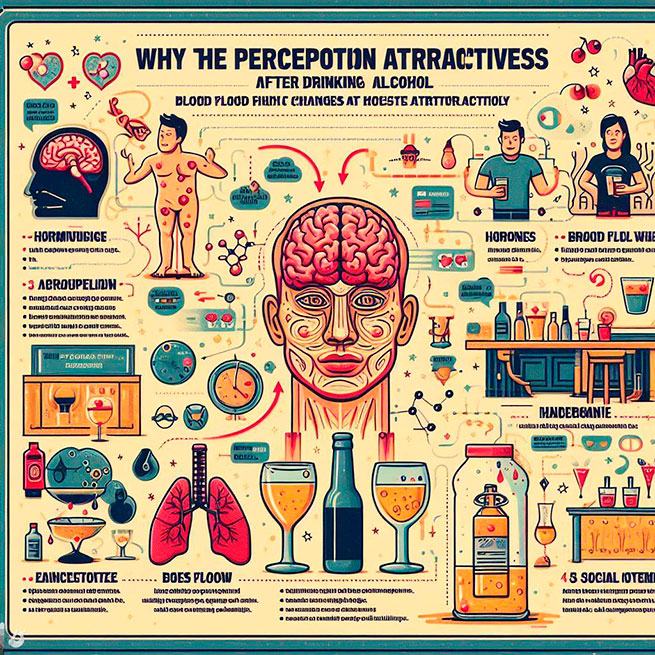
This is how AI imagines the effect of alcohol on interest in the opposite sex
The researchers went to a local pub. And apparently they easily found there 99 voluntary test subjects of both sexes aged from 18 to 62 years. Participants were asked to rate the attractiveness and symmetry of 18 faces separately. The ratings were given twice: once for photos with clearly irregular features (artificially increased asymmetry) and again for the same faces without Photoshop. Volunteers then rated which of two versions of the same faces was cuter—the regular version, the real one, or the one with artificially enhanced symmetry.
As expected, compared to more sober people, already fairly drunk people increasingly lost the ability to distinguish normal, natural faces from perfectly symmetrical ones. However, these drunker photo “evaluators” did not rate the faces in question as more attractive.
As expected, both men and women rated photos of natural faces as more attractive than the same photos with lopsided faces, thanks to Photoshop manipulations. The researchers concluded that attractiveness depends on many factors that make unimportant facial nuances less significant.
Alistair Harvey, from the Department of Psychology at the University of Portsmouth, explained that alcohol is itself a strong predictor of sexual behavior and is often consumed before or during dates. That is, people who drink alcohol are generally more likely to engage in sexual relations, which includes less restraint of instincts and higher expectations from communication. The character traits themselves, together with what you drink, create the conditional effect of beer glasses.
Harvey emphasized that the experiments did not cancel the truth about this effect. And the photo turned out to be insufficient for assessment: the pictures of faces did not reflect important features of attractiveness, and this also included figure, height, expression of emotions and clothing.
In general, British scientists are thinking over a new, more thorough experiment with drunken volunteers.
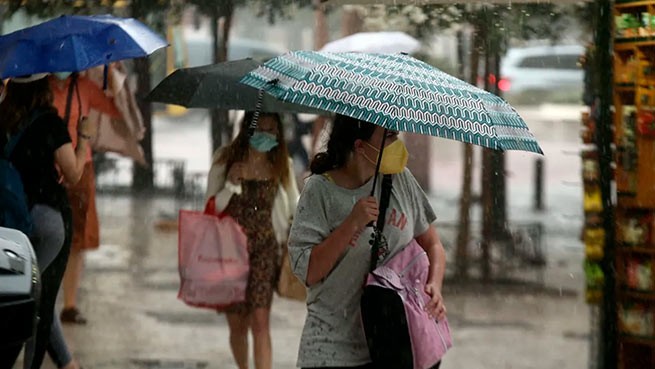

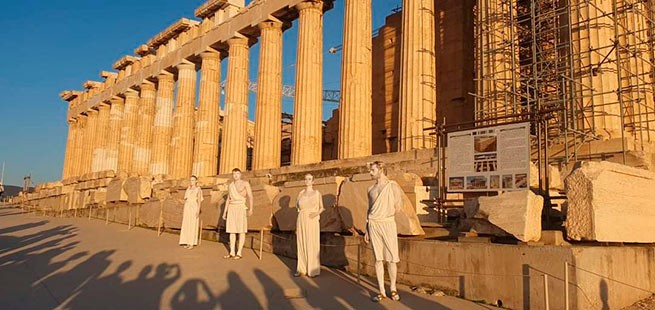
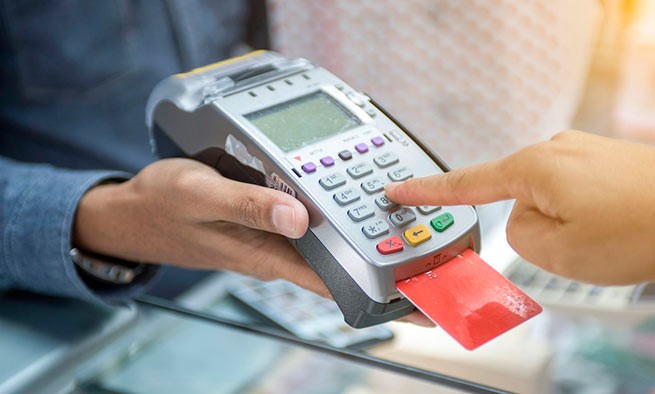
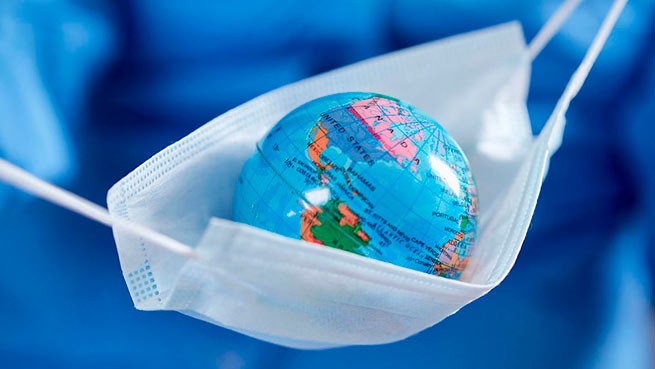
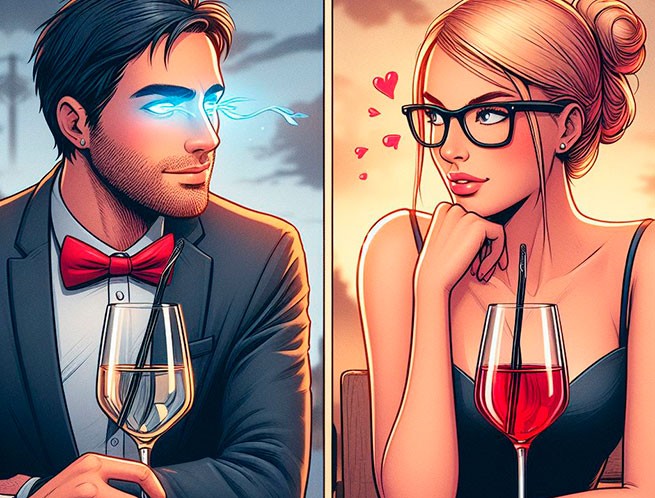

More Stories
Sex: 10 most active countries
Poll: Single men smell stronger than married men
Beware, misogyny is misogyny